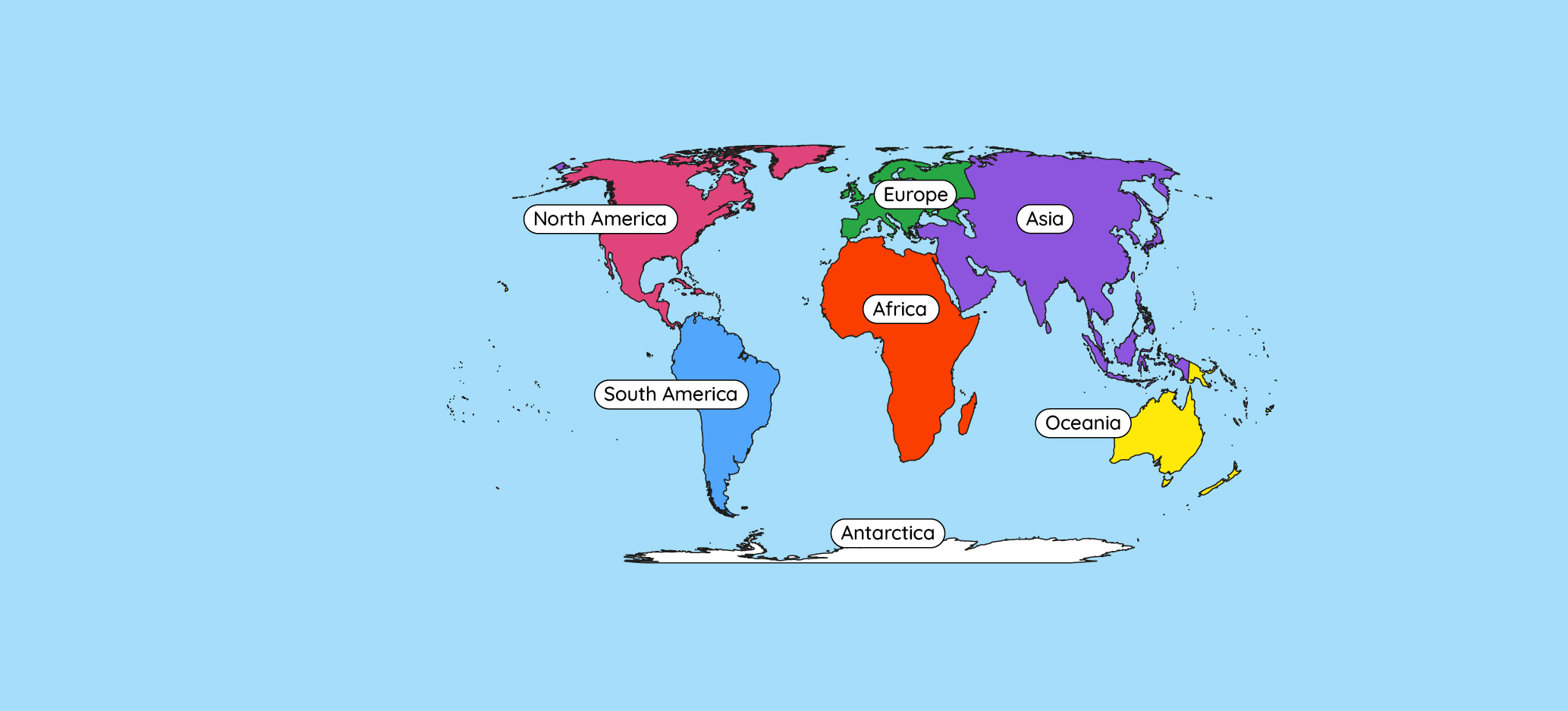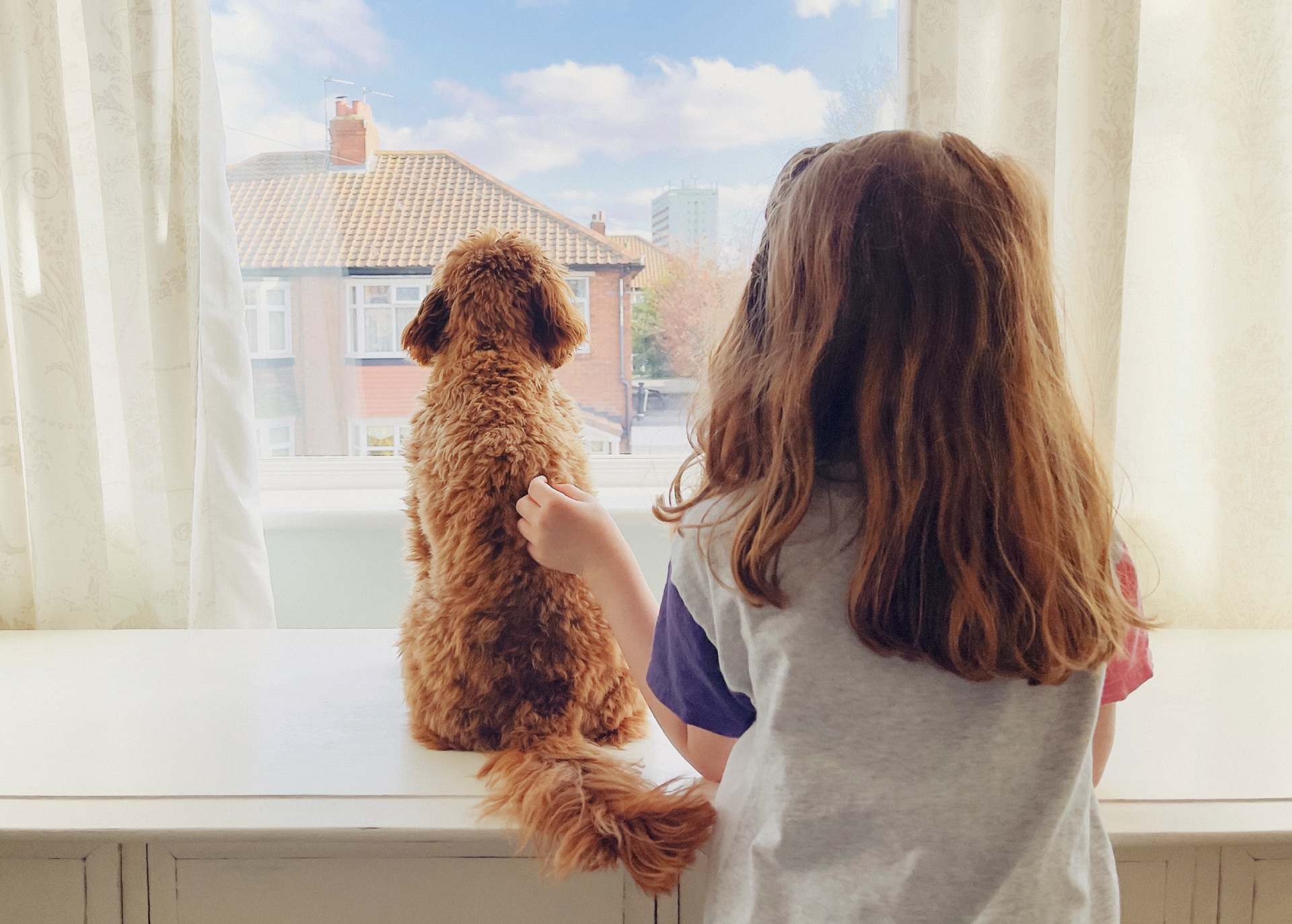Learning objective
- To recognise physical and human features.
Success criteria
- I can give an example of a physical
This content is for subscribers only. Join for access today.
National curriculum
Geography
Human and physical geography
Pupils should
This content is for subscribers only. Join for access today.
Cross-curricular links
Maths
Geometry – Position and direction
Pupils
This content is for subscribers only. Join for access today.
Before the lesson
This content is for subscribers only. Join for access today.
Lesson plan
Recap and recall
Before starting this unit you might want to check children can recall: Some features in their locality. Some directional language (use the Pupil video: Song – Directional language below). That a map is usually a bird’s eye view of a place. The four compass points. That a country is a land or nation with its own government.…
This content is for subscribers only. Join for access today.
Extended-mode explainer videos
How to extend your display to view the lesson page and preseantion mode simultaneously. Choose your operating system below to watch the video
If you need further support with extending your display,
please contact [email protected].
Extended-mode explainer video: For Mac
Extended-mode explainer video: For Windows
Adaptive teaching
Pupils needing extra support
Could use the Activity: Physical and human features (support) to identify features in the local area; could work with their group’s designated adult to explain why the identified features are human or physical.
Pupils working at greater depth
Should use directional language to describe features in relation to each other (e.g. near, far, behind, in front of, next to, right, left); could label the printed images of the human or physical features encountered during the fieldwork with the type of feature and location using directional language.
This content is for subscribers only. Join for access today.
Assessing progress and understanding
Pupils with a secure understanding indicated by: giving examples of human and
This content is for subscribers only. Join for access today.
Vocabulary definitions
-
directional language
Words that tell you where something is located in relation to something else, e.g. near, far, next to, behind, etc.
-
harbour
A part of the ocean or lake that is next to land and is deep enough to shelter boats.
This content is for subscribers only. Join for access today.
In this unit
Assessment - Geography Y1: What is it like to live in Shanghai?
Lesson 1: What can we see in our local area?
Lesson 2: Can we map our local area?
Lesson 3: Where in the world is China?
Lesson 4: What can you see in China?
Lesson 5: What is Shanghai like?
Lesson 6: How is Shanghai different from our local area?





